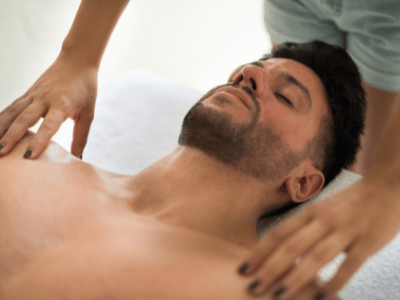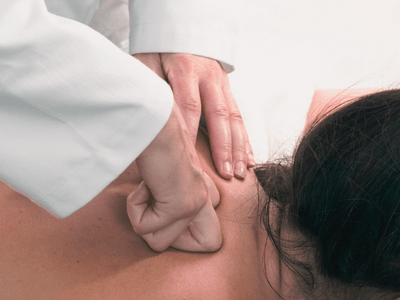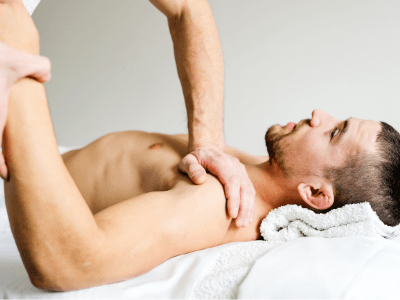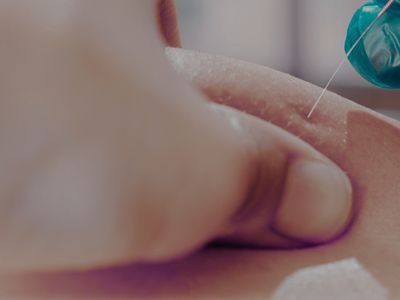STRAPPING AND INJURY MANAGEMENT IN NOOSA
An efficient way to protect a sprained ankle, wrist or knee.
Strapping is a technique commonly employed to manage symptoms of musculoskeletal disorders, particularly in individuals with pre-existing conditions who suffer from chronic injuries.
The goal of sports strapping is to provide additional support to the joints and muscles without restricting movement or causing discomfort. This can help athletes perform at their best while reducing the risk of injury. At SurfSportsMyo, we have the expertise to assess your individual needs and apply the appropriate strapping technique.
Not too sure yet? Here is some useful information to get more familiar with strapping.
What does strapping mean and how does it work?
Sports strapping is a technique used to provide additional support and stability to the joints and muscles during physical activity or exercise, particularly in sports that involve high-impact movements or sudden changes in direction. Sports strapping can be used to prevent injuries, such as sprains or strains, as well as to support the recovery of existing injuries.
Sports strapping involves the use of athletic tape or adhesive bandages to wrap and secure the joint or muscle being targeted. The strapping technique used will depend on the specific area of the body being supported and the level of support needed. Common areas of the body that may require sports strapping include the ankles, knees, wrists, and shoulders.
We specialise in most types of strapping:
Strapping Achilles tendonitis
Athletic tape or adhesive bandage is wrapped around the affected ankle and foot, applying pressure and supporting the tendon.
Strapping Knee
Provides additional support to the knee joint without limiting mobility or causing discomfort
Strapping Patella tendon
Adhesive bandage is wrapped around the knee, focusing on the area below the kneecap where the patella tendon attaches to the shinbone.
Strapping Ankle
The stirrup strapping method involves wrapping the tape around the ankle and under the foot, creating a “stirrup” that supports the ankle and prevents excessive movement.
Strapping Hamstring
Athletic tape or adhesive bandage is wrapped around the thigh, focusing on the area where the hamstring muscles attach to the pelvis and behind the knee joint.
Strapping Peroneal tendonitis
Provides support and stability to the peroneal tendons, which are located on the outside of the ankle and help to stabilize the ankle joint.
Strapping Back
Common back strapping techniques include the “Y” strapping method, which involves applying tape in the shape of a “Y” to the upper back or shoulders, providing support and reducing tension on the muscles of the upper back and neck.
Strapping Hand
Common hand strapping techniques include the figure-eight method, which involves wrapping the tape around the wrist and hand in a figure-eight pattern, providing support and stability to the wrist and thumb.
Strapping Plantar fasciitis
Common strapping techniques for plantar fasciitis include applying tape in a “low dye” technique, which involves wrapping the tape around the heel and arch of the foot, providing support and stability.
Strapping Calf
Common calf strapping techniques include applying tape in a spiral or figure-eight pattern, which provides support and compression to the muscles of the calf.
Strapping Heel
Adhesive bandage is applied to the affected area, often in a specific pattern depending on the location and severity of the pain.
Strapping Ribs
Provides support and stability to the chest wall and ribs, particularly in cases of rib fractures or other injuries to the chest area.
Strapping Elbow
Provides support and stability to the joint, particularly in cases of elbow injuries such as tennis elbow or golfer’s elbow. The goal is to reduce pain, inflammation, and improve joint function.
Strapping Hip
Common hip strapping techniques include applying tape in a figure-eight pattern around the hip joint, which provides compression and support to the hip joint.
Strapping Shoulder
Common shoulder strapping techniques include applying tape in a figure-eight pattern around the shoulder joint, which provides compression and support to the shoulder joint.
Strapping Toe
Provides support and stability to the toe joint, particularly in cases of toe injuries such as sprains, strains, or dislocations.
Strapping Wrist
Provides support and stability to the wrist joint, particularly in cases of wrist injuries such as sprains or strains.
Frequently asked questions
How does strapping help injuries?
Strapping is a technique used to provide support and stability to the injured area. It can help injuries in several ways:
– Reduces pain by providing compression and support to the affected area
– Provides support, particularly helpful for injuries that affect the ligaments or tendons, as it can help to prevent excessive movement that could further damage these structures
– Improves joint function, particularly helpful for injuries that affect the range of motion of a joint, as strapping can help to improve the alignment and movement of the joint.
– Prevents re-injury, which is important for athletes or individuals who engage in activities that put them at risk for re-injury
How does strapping tape work?
The strapping tape works by providing compression to the affected area, which can help to reduce swelling and inflammation, alleviate pain, and improve joint function. The adhesive on strapping tape is designed to stick to the skin and underlying tissues, providing a secure and stable base for the strapping technique. The tape is typically made of a strong and durable material, such as cotton or nylon, which can withstand the stresses and strains placed on it during activity.
Is strapping tape waterproof?
There are different types of strapping tape available, and some are designed to be waterproof or water-resistant. However, not all strapping tapes are waterproof, so it is important to discuss it with your therapist and determine the required level of water resistance.
Come and meet Gary Javonena,
Noosa’s strapping expert.
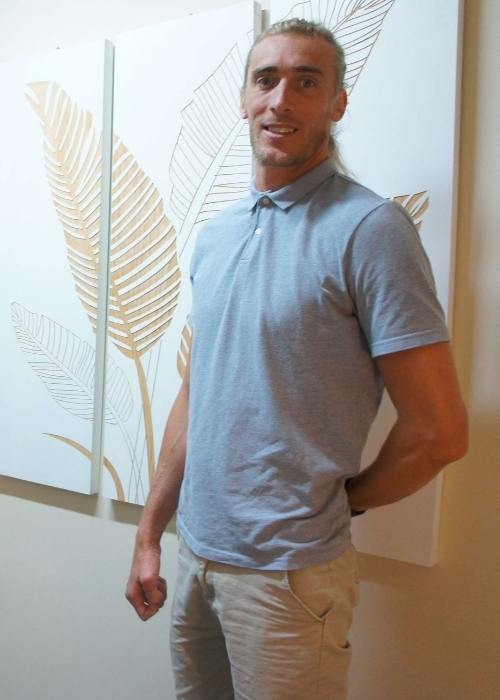
Strapping requires proper technique to avoid causing further injury.
During your first appointment, Gary will work on getting a thorough understanding of your anatomy and eventual injuries. He’ll develop a plan that is tailored to your specific needs and may also provide other forms of therapy, such as stretching, massage, or exercise.
A few words from Gary: “I moved to Noosa in April 2019 with my wife and two kids. Prior to that, we lived in Torquay Victoria for 6 years. There, I was working in a busy private practice with a bunch of legends who helped me become the person and practitioner I am today.
Also, surfing is my thing. When I’m not working you can find me at the nearest beach riding waves and, when the surf is flat, I swop my board for a mountain bike and pedal hard in Wooroi, Nambour or wherever I can have fun! Finally, you might also see me on a jetski dressed in yellow and red on the weekends, as part of the Noosa Lifeguards team. I’ll tell you more when we meet!
I have decided to become a myotherapist, remedial massage therapist and dry needling practitioner because in my mind, there is nothing more rewarding than helping people to get back to doing what they love and feeling healthy and happy.”
What our patients say about us
Don’t let the pain ruin your week.
Come and see us, we’re here to help.
Opening Times
Monday to Friday : 08:00 – 19:00
Saturday: 08:00 – 16:00
